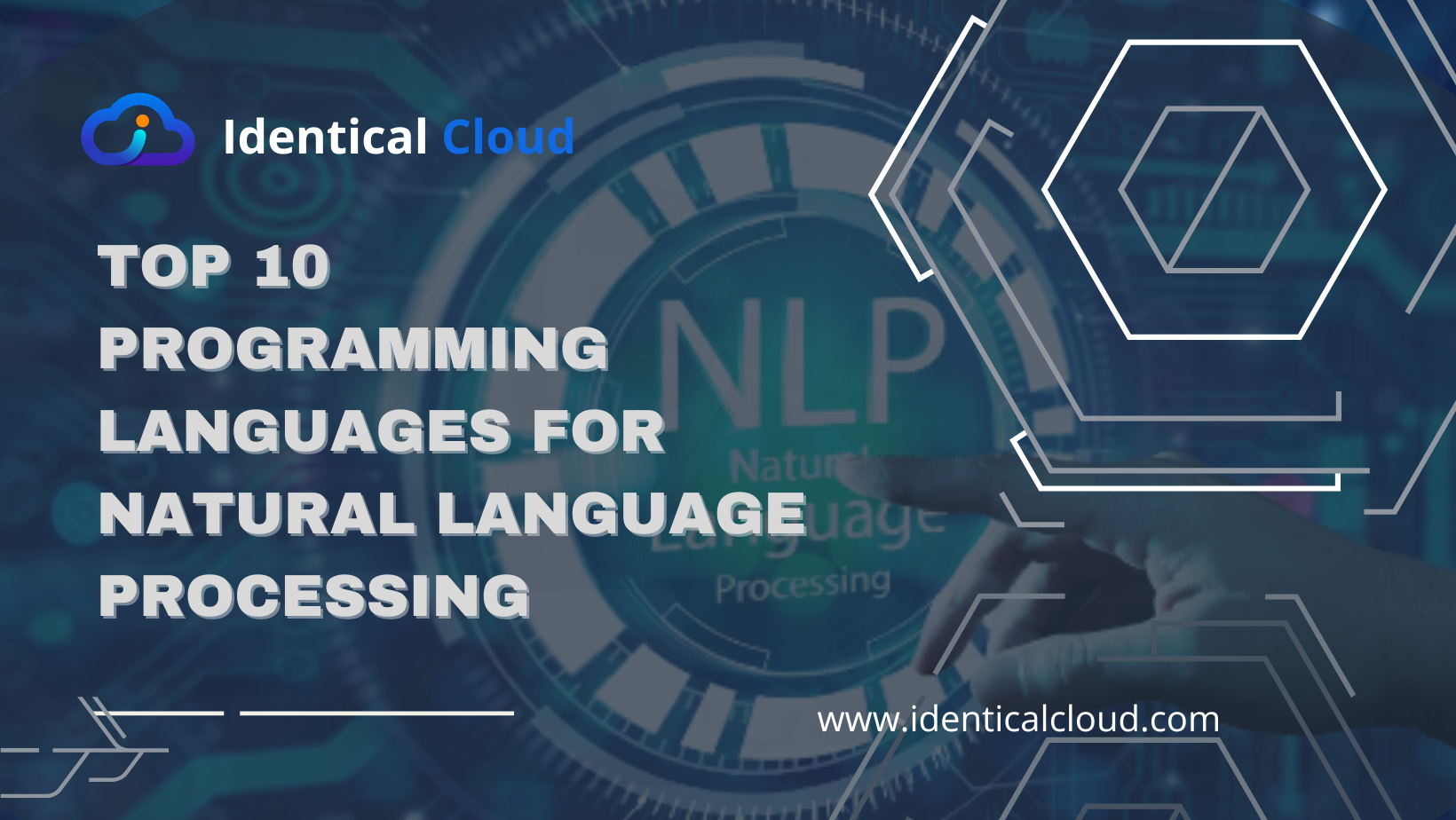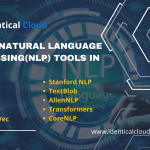
Top 10 Programming Languages for Natural Language Processing
Top 10 Programming Languages for Natural Language Processing
Natural Language Processing (NLP) has emerged as one of the most exciting and rapidly evolving fields in the realm of computer science and artificial intelligence. It empowers machines to understand, interpret, and generate human language, enabling a wide range of applications such as chatbots, sentiment analysis, language translation, and text summarization. Behind the scenes of these NLP wonders are programming languages that provide the foundation for creating sophisticated language models and algorithms.
In this blog, we’ll explore the top 10 programming languages for Natural Language Processing and their unique contributions to the field.
1. Python
Python is arguably the most popular programming language for NLP. Its simplicity, rich ecosystem of libraries, and strong community support make it an ideal choice for both beginners and experts in the field. Libraries like NLTK (Natural Language Toolkit), spaCy, and transformers provide a robust foundation for building NLP applications, from tokenization to advanced language models.
2. Java
Java’s object-oriented design, platform independence, and performance capabilities have made it a staple in NLP projects. Libraries like OpenNLP and Stanford NLP offer tools for tasks such as part-of-speech tagging, named entity recognition, and parsing. Additionally, Java’s multithreading capabilities are beneficial for parallel processing tasks in NLP.
3. C++
C++ is known for its speed and efficiency, making it a valuable language for resource-intensive NLP tasks. Libraries like CMU Sphinx and FastText are written in C++, providing excellent support for speech recognition and text classification, respectively. C++ is also used in developing high-performance components of larger NLP systems.
4. R
R is a language specifically designed for data analysis and statistics. In NLP, R shines when dealing with text data analysis, sentiment analysis, and statistical modeling of linguistic patterns. The ‘tm’ package in R is widely used for text mining and preprocessing, making it a favored language for researchers exploring linguistic nuances.
5. Julia
Julia is gaining traction in NLP due to its high performance and easy integration with other languages like Python and C++. Julia’s ability to efficiently handle numerical computations and its support for GPU processing make it suitable for training and deploying large language models.
6. Ruby
Ruby’s elegant syntax and readability make it an interesting choice for NLP tasks that involve rapid prototyping and experimentation. Libraries like the Natural Language Toolkit for Ruby (Treat) offer features such as tokenization, stemming, and named entity recognition, enhancing Ruby’s capabilities in NLP.
7. Scala
Scala’s combination of object-oriented and functional programming features, along with its compatibility with Java libraries, makes it a solid option for NLP. The Breeze library provides NLP functionalities in Scala, while the language’s concise syntax aids in writing clean and efficient code for language processing tasks.
8. Perl
Despite its age, Perl remains relevant in the NLP landscape. It excels in text processing tasks, regular expressions, and one-liner scripting, making it a go-to choice for quick data manipulations and text transformations in NLP pipelines.
9. JavaScript
JavaScript is a versatile language commonly associated with web development, but it also finds applications in NLP, particularly for browser-based language processing tasks. Libraries like Natural Node and compromise.js enable developers to perform NLP tasks directly within web applications.
10. Prolog
Prolog takes a different approach to NLP by utilizing logic-based programming. It’s well-suited for tasks that involve knowledge representation, semantic parsing, and rule-based systems. Prolog’s declarative nature allows developers to focus on specifying the “what” rather than the “how” in NLP algorithms.
In conclusion, the choice of programming language for Natural Language Processing depends on factors like project requirements, performance needs, and personal preferences. Each language brings its unique strengths to the table, whether it’s Python’s versatility, Java’s performance, or Prolog’s logical reasoning. As NLP continues to evolve, these programming languages will play pivotal roles in shaping the future of human-machine language interaction.








